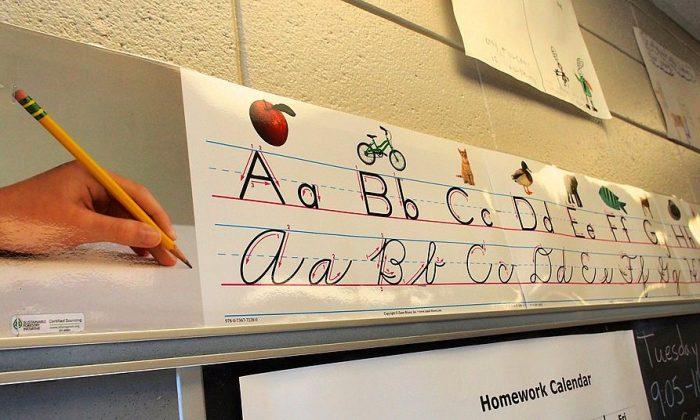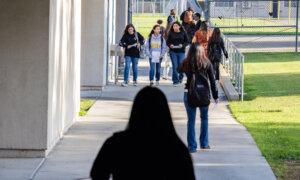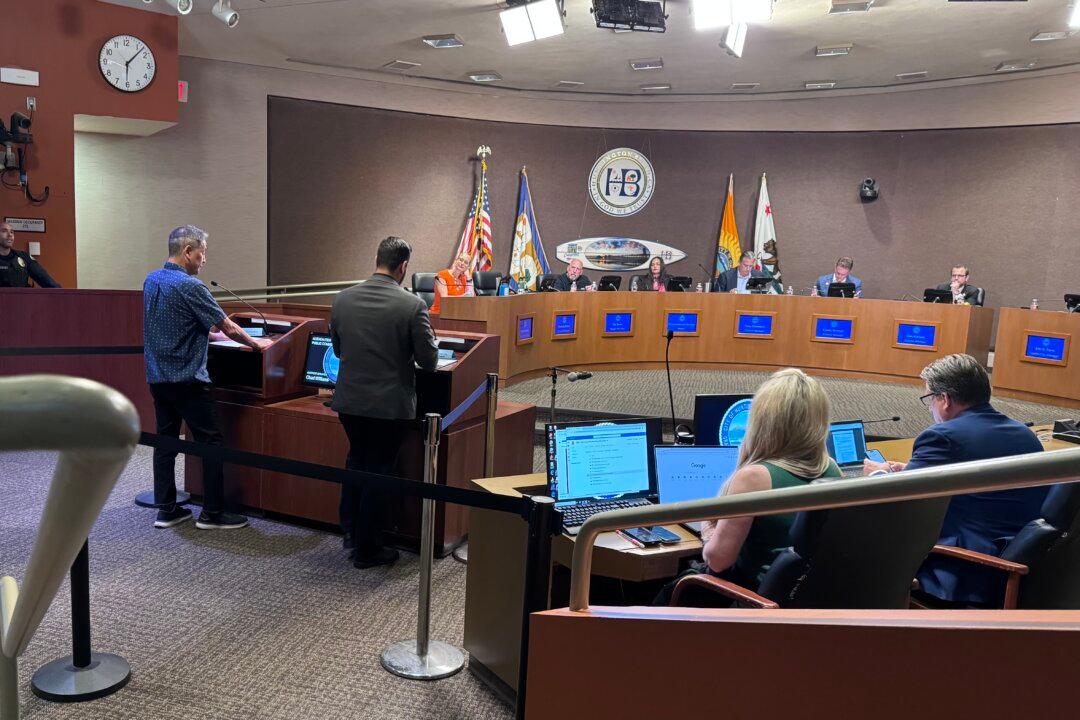California’s elementary school students will again be required to learn cursive writing, after a bill was signed into law by Gov. Gavin Newsom Oct. 16.
The handwriting style will be taught to students in first through sixth grade, starting in January 2024.
Cursive has not been required in public schools since 2010, when California adopted a set of English and math content standards—called Common Core—which did not include it.
Assemblywoman Sharon Quirk-Silva (D-Fullerton), who introduced Assembly Bill 446, said she did so because she believed learning cursive helped young children’s academic development.
“As an elementary school teacher for over three decades, cursive writing was always an important part of our curriculum,” Ms. Quirk-Silva argued in an Assembly Education analysis. “Writing in cursive has multiple benefits, including better brain development, retention, and learning in children. Writing in cursive helps join the auditory and language centers of the brain.”
She also argued that cursive is a good skill to have as an adult when signing important documents.
“It is also beneficial as an adult; the ability to sign their name in cursive is important for future job applications, writing checks, signing medical forms, obtaining driver’s licenses, and voting,” she said.

The bill was supported by several education and advocacy groups, including the California Parents Union and the Los Angeles County Office of Education.
In a statement, the latter argued that research showed “clear connections between the linguistic processes of reading and the motor process of handwriting,” which they said digital and keyboard skills do not replicate.
“The mechanics of handwriting follows a sequence initiated in the brain similar to reading—the sound is heard and processed, a letter attached and visualized, then translated into a shape on a page and produced with motor skills that reinforce the direction of lines and shapes to form letters. These letters then connect to form words and meaning is attached,” the education office said in an Assembly Education Committee analysis.
Reading and writing compliment each other, the education office said, and improvement in one area often leads to gains in the other.
“As a general rule, reading and writing go hand in hand, and the ability to actually handwrite is key in the development of young learners,” the organization said.







